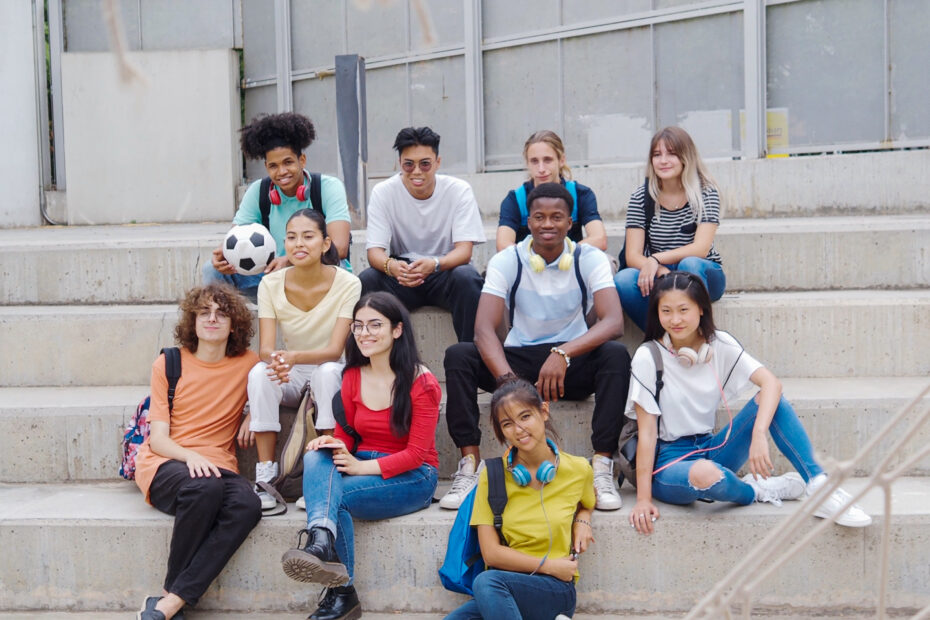Dr. Leigh Richardson, a leading figure in cognitive health and well-being, emphasizes the importance of psychological safety as a cornerstone for optimal performance across all areas of life. Psychological safety, a term gaining traction in both corporate and educational sectors, refers to an environment where individuals feel safe to express themselves without fear of negative consequences to self-image, status, or career. In this blog post, we’ll explore the concept of psychological safety and how fostering it can lead to improved performance at home, work, and school.
Understanding Psychological Safety
At its core, psychological safety is about creating a culture of respect and openness. It involves an environment where mistakes are not seen as failures but as opportunities to learn and grow. In such settings, people feel valued, accepted, and encouraged to express their thoughts and ideas freely. Dr. Richardson highlights that psychological safety is the foundation upon which trust and open communication are built, enabling individuals and teams to reach their full potential.
At Home: Building a Safe Haven
In the family setting, psychological safety means establishing a home environment where all members feel secure and supported. It’s about encouraging open dialogue, showing empathy, and validating each other’s feelings and experiences. Dr. Richardson suggests regular family meetings to discuss anything from daily highlights to deeper concerns, ensuring everyone’s voice is heard.
At Work: Fostering Innovation and Collaboration
Psychological safety is critical for innovation, collaboration, and overall productivity in the workplace. Organizations that prioritize psychological safety are more likely to see teams that are creative, resilient, and adaptive to change. Dr. Richardson advises leaders to model vulnerability, celebrate diverse viewpoints, and normalize the sharing of mistakes and lessons learned as strategies to enhance psychological safety among employees.
At School: Enhancing Learning and Development
A psychologically safe learning environment is one where students can take intellectual risks and engage deeply with the material without fear of judgment. Dr. Richardson points out that teachers and educators play a pivotal role in creating this safe space by encouraging questions, fostering a culture of curiosity, and providing constructive feedback. When students feel safe, their engagement and capacity for learning flourish.
Practical Strategies for Enhancing Psychological Safety
- Encourage Open Communication: Regularly invite others to share their thoughts and feelings. Active listening is key.
- Embrace Vulnerability: Lead by example by showing your own vulnerability. This can help others feel more comfortable sharing their experiences and ideas.
- Normalize Failure: Reframe failures as opportunities for growth and emphasize the learning aspect of mistakes.
- Provide Support and Empathy: Show understanding and empathy towards others’ situations and feelings. This builds trust and deepens connections.
Conclusion
Psychological safety is not just a nice-to-have; it’s essential for enabling individuals to perform their best at home, work, or school. By fostering an environment where people feel safe, valued, and respected, we pave the way for improved communication, creativity, and performance. Dr. Leigh Richardson’s insights into psychological safety remind us of our environments’ profound impact on our ability to thrive and succeed. As we create more psychologically safe spaces, we unlock the potential for greater achievement, satisfaction, and well-being in all areas of life.
